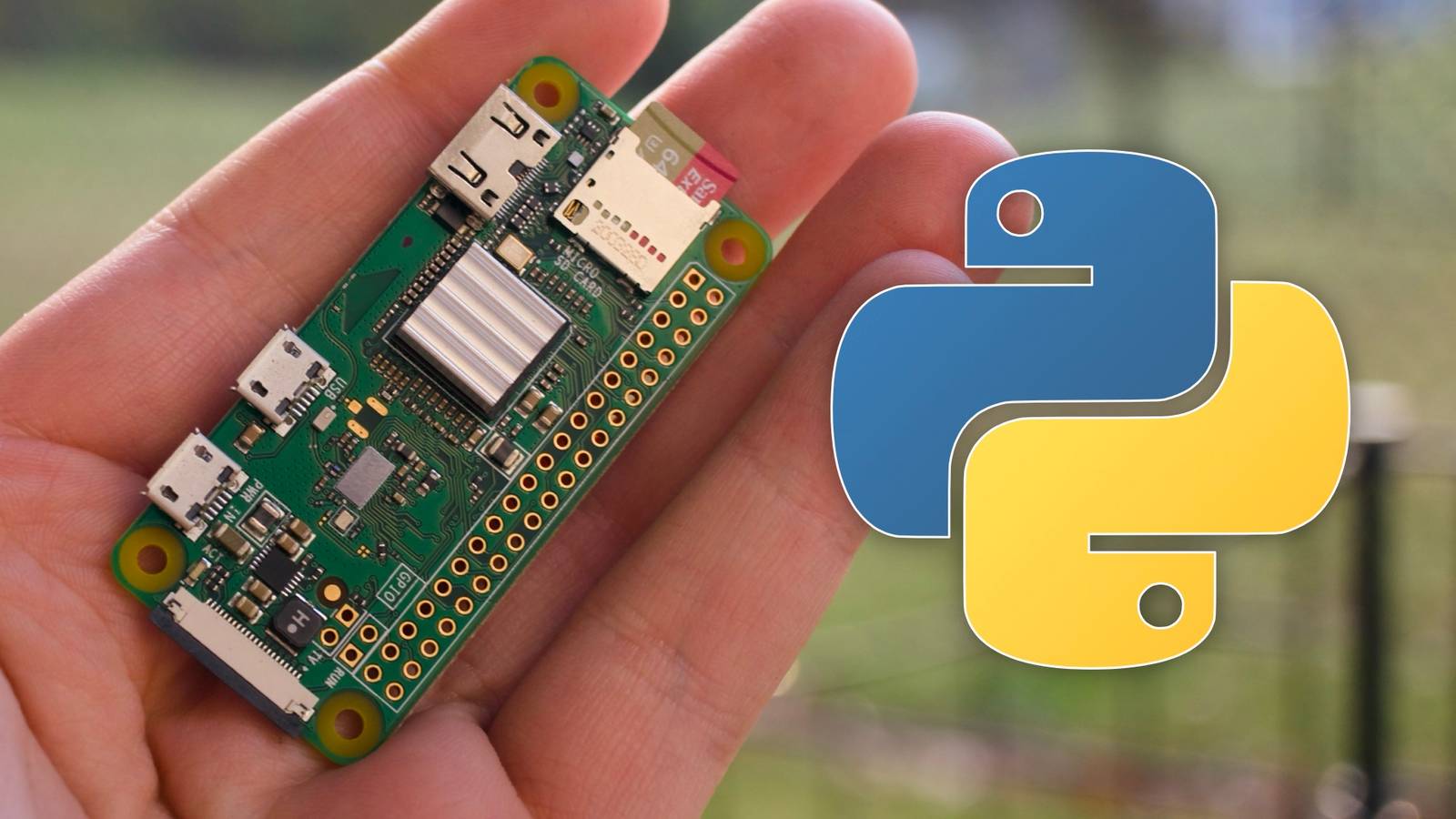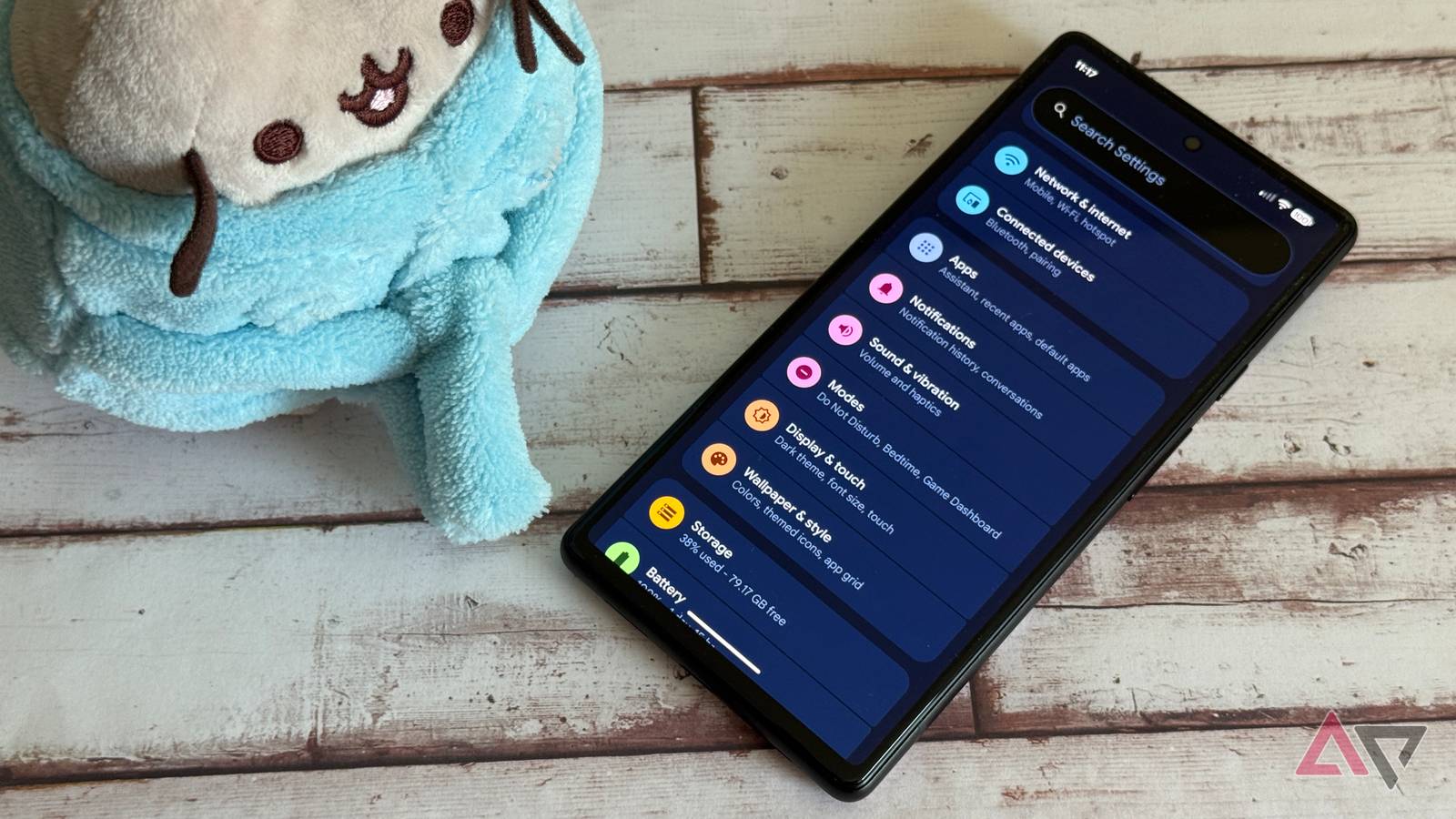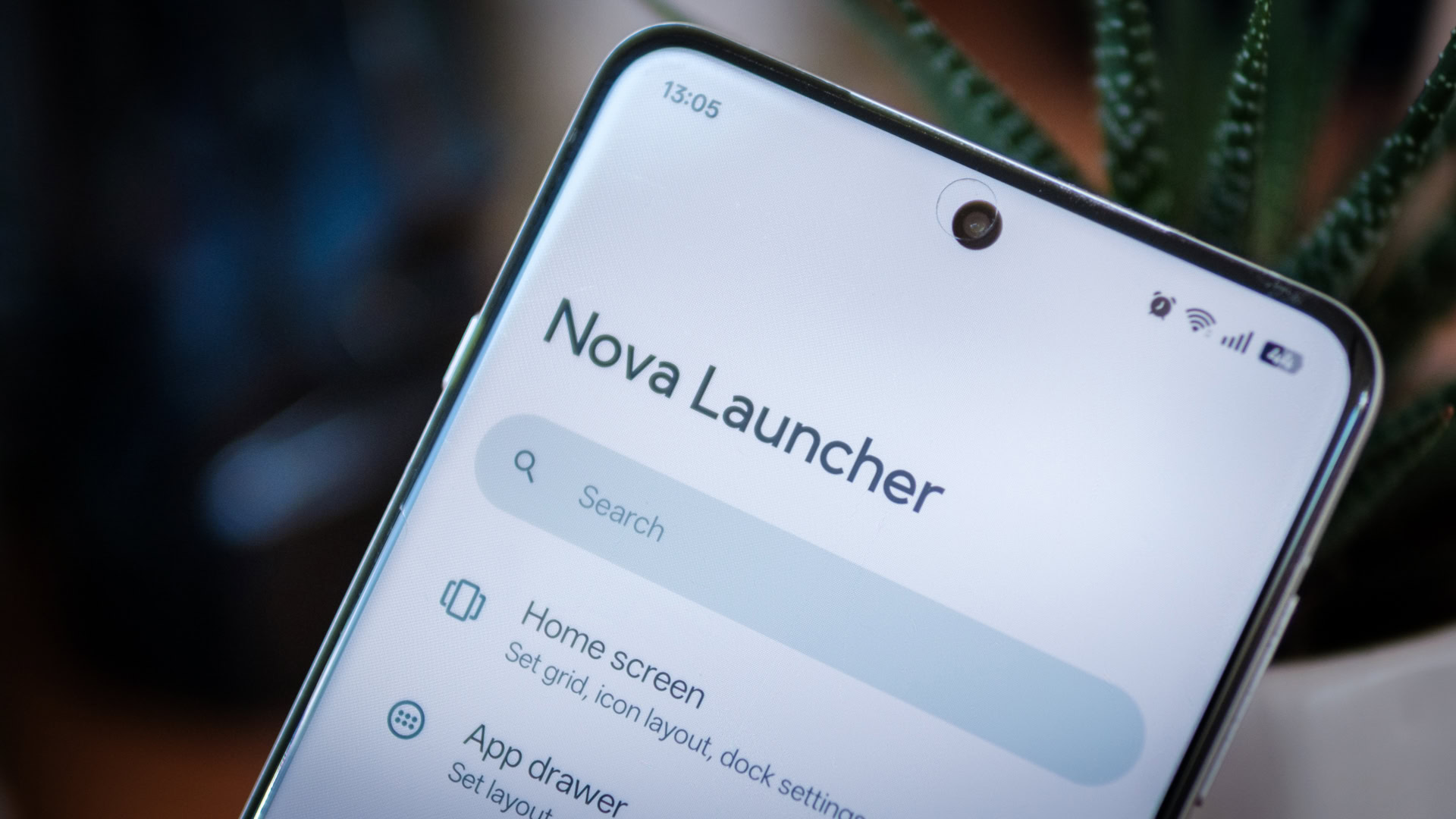Mishaal Rahman / Android Authority
Pixel phones haven’t traditionally been known for offering extensive customization options, but that perception is changing as Google adds new home and lock screen customization features in the latest version of Android. The introduction of Material 3 Expressive in the first quarterly release of Android 16 significantly overhauled the look and feel of Android on Pixel phones, bringing a new and more dynamic experience across the board.
Still, Pixel phones lag behind some of their competitors in terms of ease of customization. While many competing devices let you completely change the look of the UI with custom themes with just one click, Pixel phones lack this convenience, requiring you to manually configure the home and lock screens to achieve the look you want.
Fortunately, this could change in the near future. Back in May, we revealed that Google was working on theme packs to help you personalize your Pixel phone. We discovered a new “Themes” entry in the “Wallpaper & Style” app on Pixel phones, and while it wasn’t functional, its description provided crucial information. Our discovery confirmed that Google is working on “Pixel Themes” consisting of multiple customization options grouped into packs, but details were scarce at the time.
Mishaal Rahman / Android Authority
In recent weeks, however, we’ve learned more about how the Pixel Themes feature works. Specifically, we found evidence in the Android 16 QPR2 betas that Google is developing a new system feature called Theme Manager. This forms the basis of Pixel Themes by improving the way system themes are handled in Android. Here’s how.
You read the Authorities Newslettera weekly newsletter that reveals a new side of Android that hasn’t been reported anywhere else. If you’re looking for the latest scoops, hottest leaks and breaking news on Google’s Android operating system and other mobile technology topics, we’ve got you covered.
Subscribe here to receive this article in your inbox every Saturday.
How Google is evolving theme support on Android
Before this year, the last time Google overhauled Android’s UI was in 2021 with the release of Android 12, which introduced the original Material Design 3, also known as Material You. The centerpiece of Material You was “Dynamic Color,” a theme engine that automatically extracts colors from your wallpaper and applies them across the entire user interface, from the quick settings and volume panel to compatible third-party apps.
The process Material You follows to generate a theme can be broken down into three parts:
- Color extraction. When you apply a wallpaper, Android analyzes it to determine the dominant color. This color is used as a “seed” from which five unique tonal palettes (three accents and two neutrals) are generated. Each of these palettes contains 13 colors of different luminance values.
- Application of colors. Android then replaces the system color values read by apps with these 65 new colors. It does this by generating runtime resource overlays (RROs), which allow Android to replace resource values on the fly without restarting the device.
- Storage of preferences. Finally, Android stores the user’s theme preferences. This includes the source of the starting color (the lock screen wallpaper, home screen wallpaper, or a preset), the theme style (what variation of the dynamic color algorithm was used), and the time the theme was applied.
Dynamic use of colors in the Android system UI.
While this process works on the surface, Google seems to believe that the way Android currently stores user theme preferences is outdated. Currently, the user’s entire theme configuration is stored as a raw block of JSON in the file THEME_CUSTOMIZATION_OVERLAY_PACKAGES secure environment. Every time the system needs to change themes (for example, when the user changes their wallpaper), it must read the entire block of text, change only the relevant parts, and then rewrite it.
The problem with this approach is that it is fragile. If a change corrupts the text block, it could cause the theme to break or, even worse, SystemUI to crash. Additionally, the lack of a central authority managing theme changes can lead to conflicts when multiple applications attempt to make changes simultaneously. Although only privileged applications can access and modify the configuration, the WRITE_SECURE_SETTINGS the permission they need is too broad, giving access to more than just setting up the theme. As Google expands Android’s theme options and introduces more apps capable of changing the system’s theme, it has become necessary to modernize the theme architecture.
This is likely why Google created the new Theme Manager API, a complete architectural overhaul of Android’s theme system. It addresses many of the aforementioned issues by moving toward a formalized, service-oriented architecture. Instead of manipulating the raw theme configuration text, applications now pass a structured object to the Theme Manager, which acts as a central gatekeeper, validating, storing, and applying the theme.
Under this new system, only applications with the UPDATE_THEME_SETTINGS permission can change the system theme. This permission is limited to applications signed with the platform certificate, making it both less accessible and less broad than the previous permission.
Mishaal Rahman / Android Authority
So what does Theme Manager mean for Pixel themes? It comes down to how the new API makes it easier to manage pre-built themes. While the old system focused on dynamically extracting colors from user-provided wallpapers, the new system expands on this by making it easier for apps to provide predefined theme settings, i.e. theme packs. Google’s new personalization app, for example, can use the new ThemeSettingsPreset class to send explicit system and accent colors defined by a theme pack.
While Pixel theme packs will likely encompass more than preset wallpapers and colors, the new Theme Manager API is a crucial part of Google’s efforts to expand theme support on Android. We can’t wait to see what Google designers create for Pixel users, and hopefully we won’t have to wait too long to try them out. Since the Theme Manager API is not public, there is nothing stopping Google from offering Pixel themes in Android 16 QPR2, which will be released months before next year’s Android 17 update.
Want more?
Authority information is more than a newsletter: it’s the hub for all our best content. If you love Android, you won’t want to miss one of our other exclusive reports.
Don’t have time to read them all? Subscribe to our Authority Insights Podcast to hear me and my co-host, C. Scott Brown, break down our top stories of the week.
The main news from the authorities this week
You get Gemini, you get Gemini, everyone has Gemini!
Everyone loves Nano Banana, and now it’s gearing up for Google Lens and Circle to Search
Related
Gemini may soon put more tools at your fingertips
Related
Google Docs could finally get that long-awaited Gemini upgrade on Android
Related
Google Maps could soon let you ask questions about places as if you were in the Gemini app
Related
Here’s your first look at Gemini in Google Maps navigation
Related
This next Google Messages feature could save you a click (and time)
Related
#Best Phones Forever
Your Android phone could soon help you warn your iPhone friends about earthquakes
Related
Samsung makes One UI more eSIM friendly with iPhone porting tool
Related
Your Google TV could soon help your children fall asleep thanks to AI
Fall asleep while binge watching? This Google TV feature might be right for you
Related
Google TV could soon let you generate and watch your own videos
Related
One step closer to the year of Android on the desktop!
Google is already preparing the possible transition of Chrome for Android to the desktop
Related
Our first look at the Galaxy Buds 4?!
Here’s our first look at the upcoming Galaxy Buds 4 and its new design
Related
Other featured news
Some people are unhappy with the cameras on the Tensor G6 and 10 Pro Fold…
Pixel 10 goes viral for struggling with major Android game
Related
Pixel fans are done forgiving Tensor’s disappointing performance and efficiency
Related
I spent a week with the Pixel 10 Pro Fold, and I already have a big problem
Related
But we’re happy with the cameras on the Pixel 10 Pro and Pixel Watch 4
I tested the Pixel 10 Pro camera against the Pixel 9 Pro – here’s why it blew me away
Related
The Pixel Watch 4 is the Google smartwatch I’ve been waiting for
Related
They took our 3.5mm jacks and charging bricks, so what’s next?
Your next phone could come without a USB cable
Related
First they took our chargers, then our cables: are phone makers going too far?
Related
It’s always fun to try new apps when they’re not trying to rip you off
I found an Android launcher that combines the best of Niagara and Nova Launcher
Related
Google’s competitor Duolingo is surprisingly good
Related
Android’s latest PS2 emulator debuts with a healthy dose of controversy
Related
You might want to use Android 16 ASAP if you value your privacy…
ICE steps up its smartphone tracking, but Android 16 has a secret weapon
Related
Mark your calendars: Android 16 is finally coming to OnePlus flagships
Related
The Samsung Galaxy S22 receives its fourth and final major Android update
Related
People want a new Nest Hub, but do they want an orange Galaxy S26?
Google finally breaks the silence on the new Nest Hubs, and it’s more of a slow burn than a comeback
Related
Sketchy S26 Ultra leak reveals no one wants that unoriginal orange color
Related
Thank you for being part of our community. Read our comments policy before posting.









